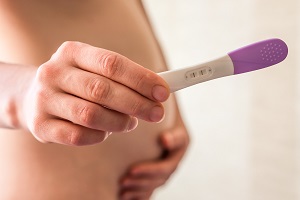A team of the London Cancer Research Institute has developed a new DNA test for prostate cancer. The principle is the same as non-invasive prenatal screening tests. It starts with a drop of blood of the subject and analyzes the tumor DNA present in the circle. This way doctors can choose the best medication to deal with the tumor.
The researchers analyzed the DNA of the tumor cells circulating. They have thus identified the subjects with the most advanced forms. They have reserved treatment with new drugs, PARP inhibitors. They also used the test to identify those on whom the treatment was not working, so that it can be addressed immediately.
The test has many potentialities on the therapeutic front. First, it identifies the type of tumor. Physicians can thus distinguish less severe prostate cancer from the more aggressive ones, which require violent treatments. Second, it gives an image of the genetic evolution of the tumor. Allows in short to see if the tumor is evolving and is becoming resistant to drugs.
The new study has identified genetic mutations of prostate cancer that make it resistant to traditional treatments. The test therefore allowed us to avoid unnecessary treatment for some patients, saving time and aiming for more effective solutions right away.
Source: icr.ac.uk
Add a comment





